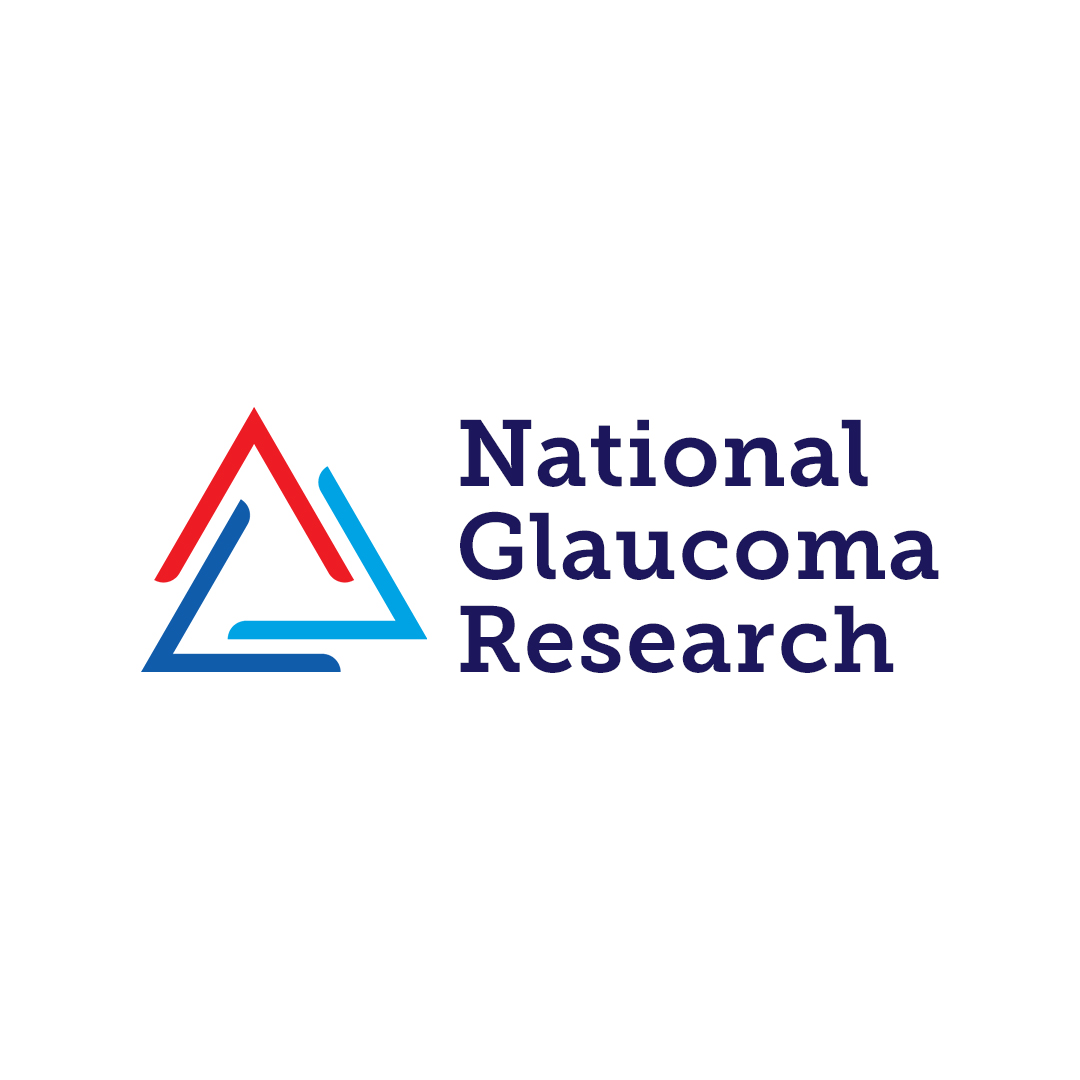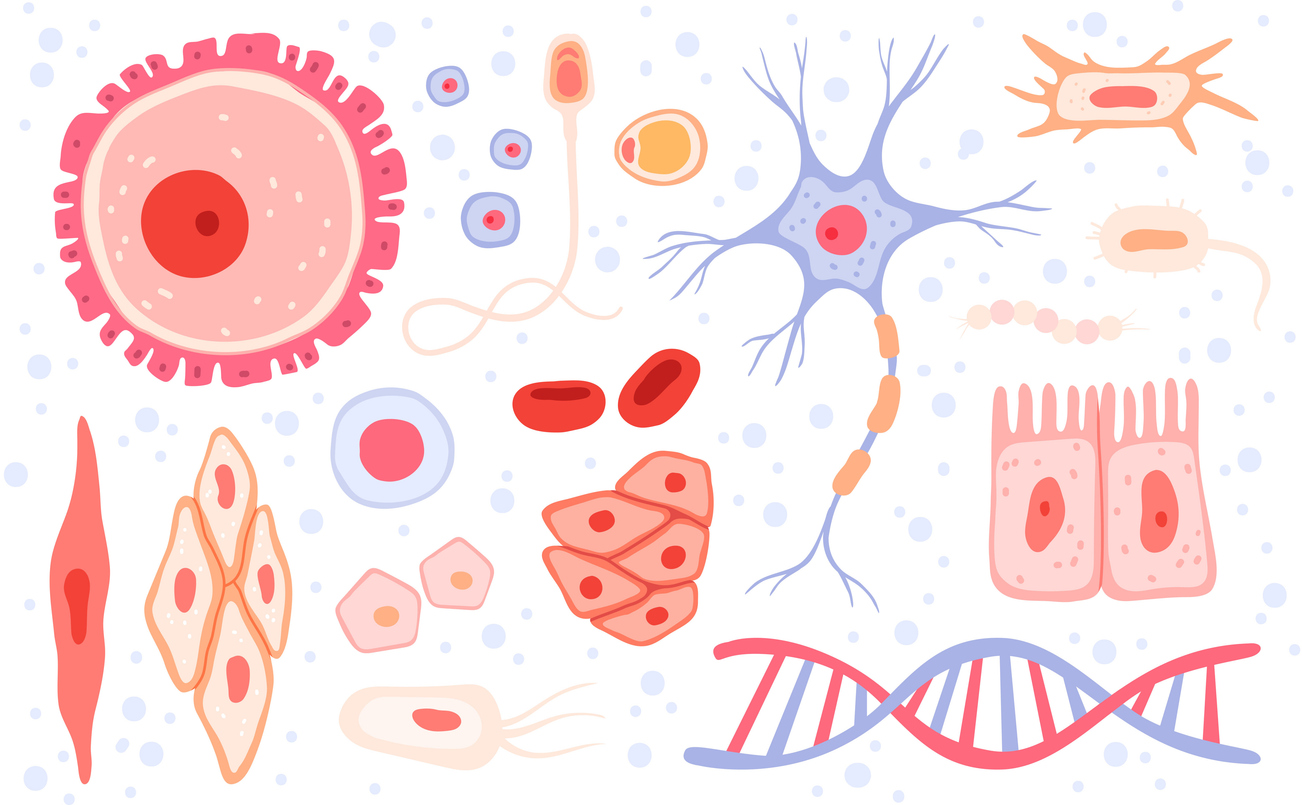
In an innovative new study, an international BrightFocus-funded research team has harnessed the power of artificial intelligence (AI) to identify new gene-based targets for glaucoma treatment and prevention. The study identified several potential candidate drug targets, including genes linked to neuroprotection, which could unlock effective treatments to prevent retina and optic nerve damage.
The research further identified new links between glaucoma risk and other diseases, including diabetes, multiple sclerosis, and lupus. Existing treatments for these diseases, such as the diabetes drug metformin, may have potential for use in glaucoma, the researchers noted.
Therapies for glaucoma focus on lowering eye pressure, but glaucoma involves damage that is independent of eye pressure, with no available treatments. Identifying neuroprotection-related genes opens the way to developing therapies to protect against this damage.
Glaucoma often runs in families and genetics is a strong risk factor. An earlier study by this group highlighted over 100 regions of DNA, or genetic loci, linked to risk for primary open-angle glaucoma, the most common type of the condition. But the contribution of genetics to glaucoma is still unclear.
Researchers in this new study conducted an extensive analysis of data from multiple genetic databanks in a search for answers. Their analysis included data for thousands of eye exam images that had been evaluated using AI. This group is the first to incorporate AI approaches to investigate the genetic basis of eye nerve damage over time, now expanding the number of identified disease-linked genetic loci to 312.
Glaucoma affects 80 million people (about twice the population of California) globally and primary open-angle glaucoma is a leading cause of permanent blindness worldwide. Prevention is key because glaucoma slowly steals eyesight and often doesn’t cause symptoms until permanent damage and vision loss have occurred. Half of those affected by glaucoma don’t know they have it.
Identifying genetic targets
The potential targets the researchers identified included genes associated with the optic nerve, the bundle of neurons that connects the eye to the brain and is damaged in glaucoma. Singling out these candidates is a key advancement for potential glaucoma treatments because existing therapies target only genes or pathways that reduce pressure within the eye and do not address nerve damage to the eye caused by glaucoma.
BrightFocus National Glaucoma Research grantee Stuart MacGregor, PhD, lead researcher for the study, said in a statement that the team’s discoveries “could rapidly advance effective treatment to finally prevent retina and optic nerve damage.”
The research effort was led by Queensland Institute of Medical Research Berghofer, in Brisbane, Queensland, Australia, and published in the journal Nature Genetics.
The research team included BrightFocus National Glaucoma Research grantee Puya Gharahkhani, PhD, who also was involved in the earlier study using AI-graded eye exam images to identify the original 100 candidate genes. Identification of genes in the two studies is expected to contribute to the development of a genetic test to identify people at high risk of developing glaucoma, providing unique opportunities to prevent blindness.
Leveraging AI to increase disease understanding
The research relied on an approach called multiomics. Multiomics involves analysis of huge gene sequence datasets along with other large datasets that capture how the genes are used, yielding a multi-layered picture of their role in disease. The researchers in the current study incorporated AI-based analysis of eye exam images from thousands of patients and assessed links between these findings and genetic data for the same patients.
The approach enables a more comprehensive understanding of how molecular changes in the body are linked to disease. Multiomics has revolutionized medicine and biology in part by fueling the discovery of new drug targets and biomarkers.
For this work, researchers used data from the United Kingdom Biobank, Mass General Brigham Biobank, the Canadian Longitudinal Study on Aging, and their previous genetics study incorporating AI-graded eye exam images. They also used what they call a “multi-ancestry” approach by including databases that represent populations with European, African, and Asian ancestry, cross-checking the results with a commercial DNA and ancestry database.
About BrightFocus Foundation
BrightFocus Foundation is a premier global nonprofit funder of research to defeat Alzheimer’s, macular degeneration, and glaucoma. Through its flagship research programs — Alzheimer’s Disease Research, Macular Degeneration Research, and National Glaucoma Research— the Foundation has awarded nearly $300 million in groundbreaking research funding over the past 51 years and shares the latest research findings, expert information, and resources to empower the millions impacted by these devastating diseases. Learn more at brightfocus.org.
Disclaimer: The information provided here is a public service of BrightFocus Foundation and is not intended to constitute medical advice. Please consult your physician for personalized medical, dietary, and/or exercise advice. Any medications or supplements should only be taken under medical supervision. BrightFocus Foundation does not endorse any medical products or therapies.
Featured Grant Recipients

Puya Gharahkhani, PhD
Queensland Institute of Medical Research








